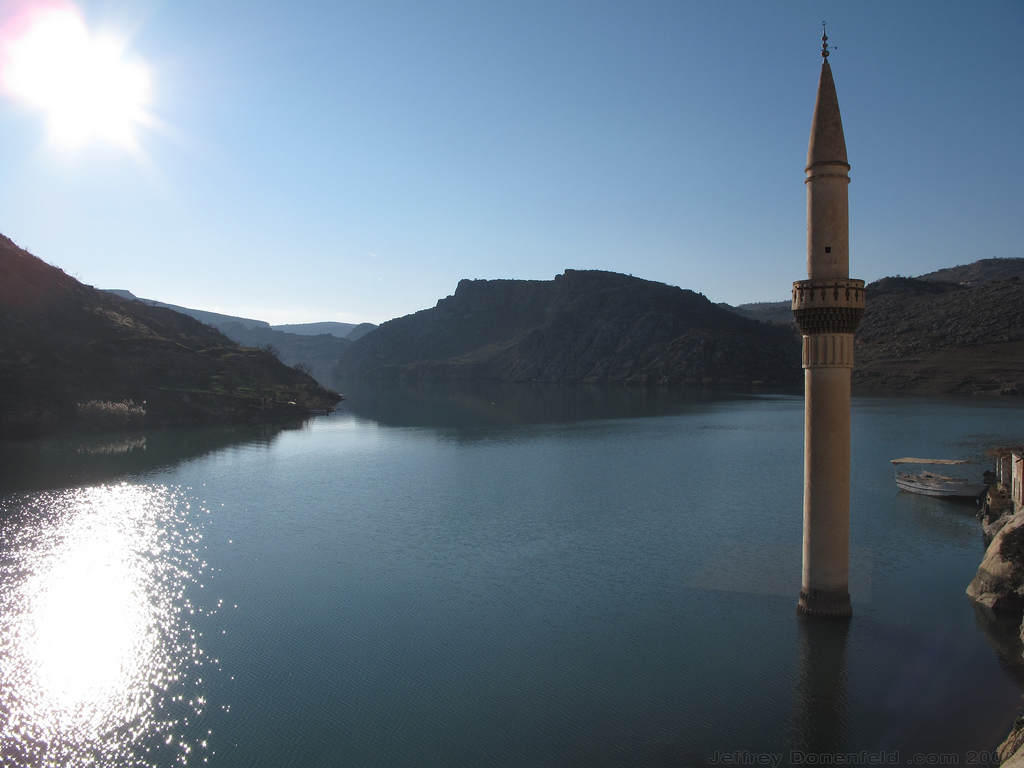View all posts from Turkey and Israel
One of the (many) objectives of my recent trek through Turkey and Israel was to experiment with blogging from the field. I didn’t a laptop with me, but I did take my iPhone, which is actually quite powerful. My plan was to use both my iPhone, as well as a normal cell phone to keep this blog updated from the field. Originally I was planning on only using the iPhone, but when I got to Turkey and tried my shiny new TurkCell SIM card in the iPhone, I confirmed what I feared – although the iPhone is a fantastic quad-band world GSM phone, it’s locked to AT&T, and therefore can’t be used on any other GSM network – frustrating. To stay in cell communication in places where there wasn’t wifi for the iPhone (most places), I picked up a cheap, second hand, tri-band GSM Nokia phone – with a 1.2 MP camera.

I set up my blog to accept automatic posts from a number of mobile-enabled applications. First, in order to post photos from either my iPhone or Nokia from the field, I set up Flickr with my blog, using the WordPress XMLRPC. This way, I can simply email photos (doable from most modern cell phones) to a special secret Flickr email address, and when Flickr receives the photo, it automatically interfaces with my blog and creates a new blog post with the photo. Great way of getting photos up with very little interaction.
In order to post my daily journal updates, I used a combination of the WordPress application for iPhone and WordPress’ email posting feature.
The WordPress application for iPhone is fairly simple – it interfaces with the XMLRPC of my blog, and allows me to type out a post on my iPhone, and post directly to my blog. Posting this way was the most straightforward, and allowed me to work on the post all at once, or slowly update it throughout the day. Since I could pocket my phone, it was easy to take around and keep notes on.
I was also able to email posts directly to my blog. WordPress has a feature that allows it to check a (secret) email box, and post whatever messages it finds in the email box to the blog as individual entries. This method was only used for backup, but was good when using older computers in cafes, which loaded WordPress slowly, or, in a pinch, posting text posts from the Nokia.
I also set up Twitter to work with SMS, and then got a Twitter plugin for my blog, that would have allowed me to SMS updates to my blog, in places where i didn’t even have access to email. However, I never ended up using this method – I would rather submit longer daily posts, rather than short posts throughout the day. For inter-day posting, I think photos do a better job. However, being able to post via Twitter could still have its uses – an example being in 2008 when student James Karl Buck used Twitter to alert his friends that we has being hauled off to Egyptian Jail.
 Finally, there was the old fashioned WordPress interface. Since WordPress is a web application, I was able to load up the full interface, which I’m using on my own computer now to write this post, on most computers at friends houses and at internet cafe. It was great to be able to have the same interface, and have all my work in front of me, from most computers with internet connections. Big vote for the great accessibility of web applications. (On a side note, it’s interesting to hear that Apple is putting iWork online as web applications, much like Google Docs.)
Finally, there was the old fashioned WordPress interface. Since WordPress is a web application, I was able to load up the full interface, which I’m using on my own computer now to write this post, on most computers at friends houses and at internet cafe. It was great to be able to have the same interface, and have all my work in front of me, from most computers with internet connections. Big vote for the great accessibility of web applications. (On a side note, it’s interesting to hear that Apple is putting iWork online as web applications, much like Google Docs.)
I’ve tagged all of the posts I made during my trip with the “Turkey-Israel-Travel-08-09” Tag. So, to get a complete overview of all of the posts I made from the field, simply click the tag, and you’ll be able to see them all.
The next and final post for the trip is going to be my photos and videos post. I’m currently in the process of merging GPS data with each image file (geocoding), as well as editing, sorting, and rating the photos with Apple’s Aperture. I took about 1500 photos, and about 45 minutes of video, and I hope to narrow it down to about 100 photos and 5 mnutes of video to put online.

Comments
2 responses to “Blogging From The Field – Turkey and Israel 2008-2009”
[…] plugin, tweetbacks, twitter, twitter tools BlinkList
i love antakya